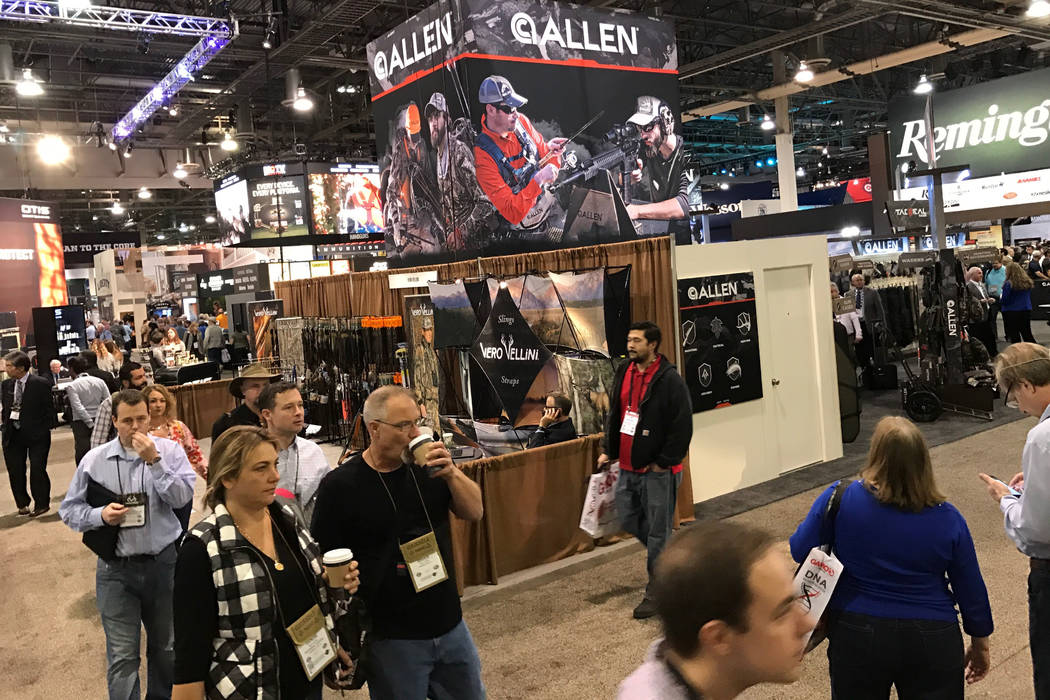This definitely isn’t your father’s hunting rifle

The rifle wasn’t much to look at. In fact, you might say it was downright plain.
The only character marks it had were found where its brown finish seemed to pull away from the stock. Even so, a quick look through the barrel let me know it was well worth the asking price.
I found the rifle through an advertisement posted on the large bulletin board that served as a central information exchange in a building that served as the hub of student activity on my college campus. According to the ad, a starving student wanted to sell his Savage Model 110 to another starving student for $150.
Included were three or four boxes of cartridges and a 3-9 Bushnell Banner rifle scope. For that price, how could a guy not take a closer look?
Crisp rifling let me know the firearm, which was chambered for .30-06 Springfield, had not been fired much.
“Will you take $120 in cash?” I asked.
Though it kicked like a mule, the 110 proved itself on the shooting range. It put a tight group of holes right where they belonged, but I never got the chance to hunt with the rifle. A fresh finish on the stock was all it took to convince my friend that he needed the firearm, and I let him talk me out of it.
That was a long time ago, but I often have wondered whether selling the rifle was a mistake. So, upon learning that Savage Arms was introducing a significantly updated version of the Model 110 at the Shooting Hunting and Outdoor Trade Show this week in Las Vegas, I decided it was worth a look.
The SHOT Show is the trade show for the firearms industry, and as such is open only to manufacturers, vendors and members of the media. Unfortunately, the folks in charge decided that outdoor columnists who write for newspapers no longer are allowed. That precluded me from getting an in-person look at the 110, but thankfully the marketing department at Savage put together a solid information package at savagearms.com.
Like many modern hunting rifles, the 110 now sports a black synthetic stock, but it’s anything but typical. The stock is designed so shooters can adjust the comb and pull of their rifle stock for a custom fit without the help of a gunsmith.
Savage calls the system Accufit; it’s based on using inserts of various sizes to make the necessary adjustments to the stock. Each rifle comes with five comb risers for adjusting the height of the comb (the top portion of the butt stock where your cheek meets the rifle) and four inserts to adjust the length of the pull. All you have to do is remove a couple of screws, change the inserts out and tighten the screws again.
Pull is the distance between the middle of the trigger and the end of the butt stock, a measurement that plays a major role in whether a gun actually fits the shooter. Comb height can make or break your ability to quickly acquire your target in the field or be accurate on the range by affecting the quality of your cheek weld on the stock.
Buying a firearm off the shelf is a lot like buying a suit off the rack. They are made for the average shooter, and we tend to live with what we get. But that doesn’t always work out, and adjustments must be made. This is especially true for shooters who are smaller in stature. That is where the gunsmith usually comes in.
With Accufit, Savage has provided the average person with the ability to make multiple combinations of adjustments to their rifle stock. It will be interesting to see how well the stocks hold up over time, especially since the system can be found on 10 new rifle models in a variety of finishes.
The list of available chamberings ranges from the 204 Ruger to the venerable 30-06 and from the 300 Winchester magnum to 7mm magnum. And for you long-range enthusiasts, the 110 is available in the 338 Lapua. All include the shooter adjustable AccuTrigger, and some include left-handed options. The anticipated price range begins at $750 and tops out at $1,300.
Today’s Model 110 is definitely not the rifle I bought back in the day.
Freelance writer Doug Nielsen is a conservation educator for the Nevada Department of Wildlife. His “In the Outdoors” column, published Thursday in the Las Vegas Review-Journal, is not affiliated with or endorsed by the NDOW. Any opinions are his own. Find him on Facebook at @dougwritesoutdoors. He can be reached at intheoutdoorslv@gmail.com.












